If you thought the air you are breathing in Mumbai city is poor, Uran has it worse. Sandwiched between a state-of-the-art in-construction airport, a chemical refinery, bottling plants and the second largest container port in the country, it is trapped in an apocalyptic cloud

Dense smog hangs over the highway connecting Belapur to Uran. It’s fringed by hillocks that are being blasted multiple times in a day to make room for the Navi Mumbai airport. Pic/Ashish Raje
Bokadvira is still and quiet when we visit it early on Thursday afternoon. Most of the working population has headed out, leaving behind the children, the elderly and homemakers. They are not alone. They are enveloped in a cloud of smog that sits heavy in the atmosphere around, clearly visible to anyone who looks up.
On this day, Bokadvira and 48 surrounding villages that make up the Uran taluka registered an air quality index (AQI) of 300, considered “hazardous air quality” according to AQI India’s website. The private air-monitoring initiative detects and reports invisible air particulate in the environment, noise pollution and humidity levels.
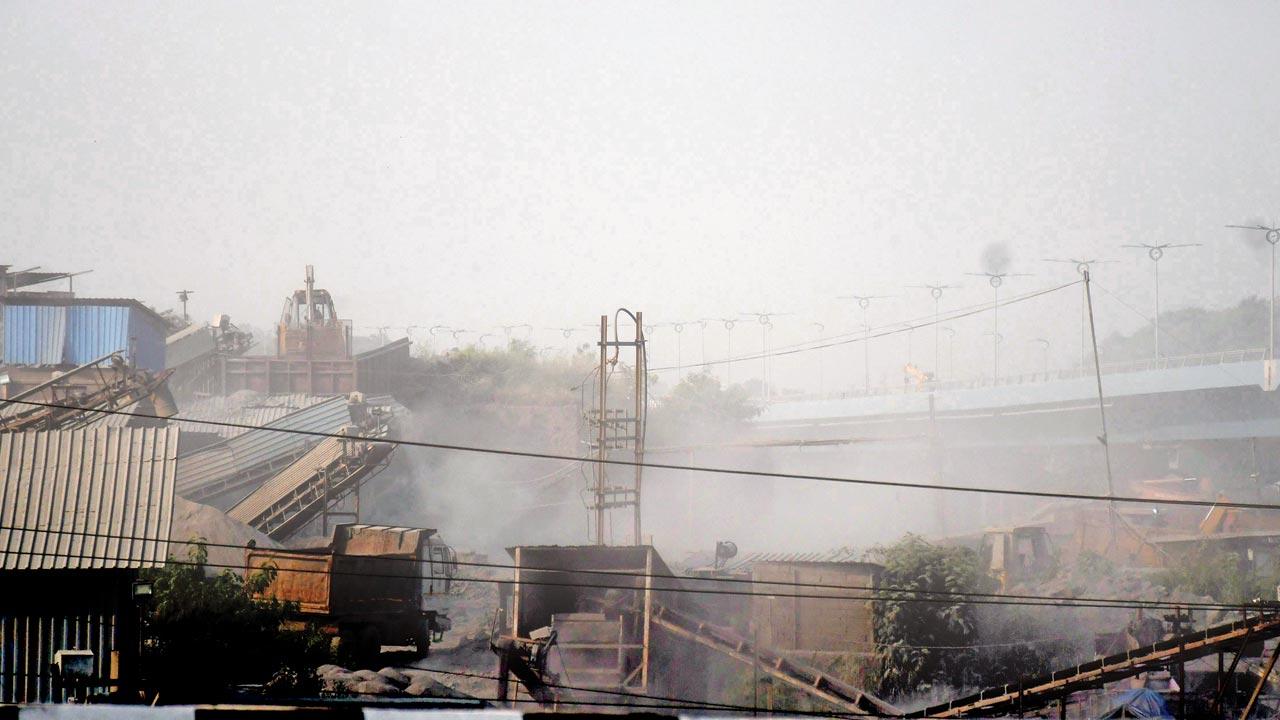 The view from Belapur resident Shubhangi Tirodkar’s balcony. Once facing the mangroves and Vashi creek, the stretch has now been taken over by airport construction acitivity. Pics/Ashish Raje
The view from Belapur resident Shubhangi Tirodkar’s balcony. Once facing the mangroves and Vashi creek, the stretch has now been taken over by airport construction acitivity. Pics/Ashish Raje
Uran reported an AQI of 150 to 200—classified as “unhealthy”—from September 27 to October 10. Soon, pollution experts and clean air advocates came to realise that this wasn’t a one-off case. Mumbai and MMR have left Delhi far behind. On the same day, the capital recorded an AQI of 149.
Bokadvira’s case is unique. The size of Bandra’s Pali Hill neighbourhood, the village houses the Bombay High refinery, a bottling plant, the Maharashtra State Electricity Board (MSEB) (where methane is converted to electricity) and the Jawaharlal Nehru Port Trust (JNPT), all within a 25 km radius.
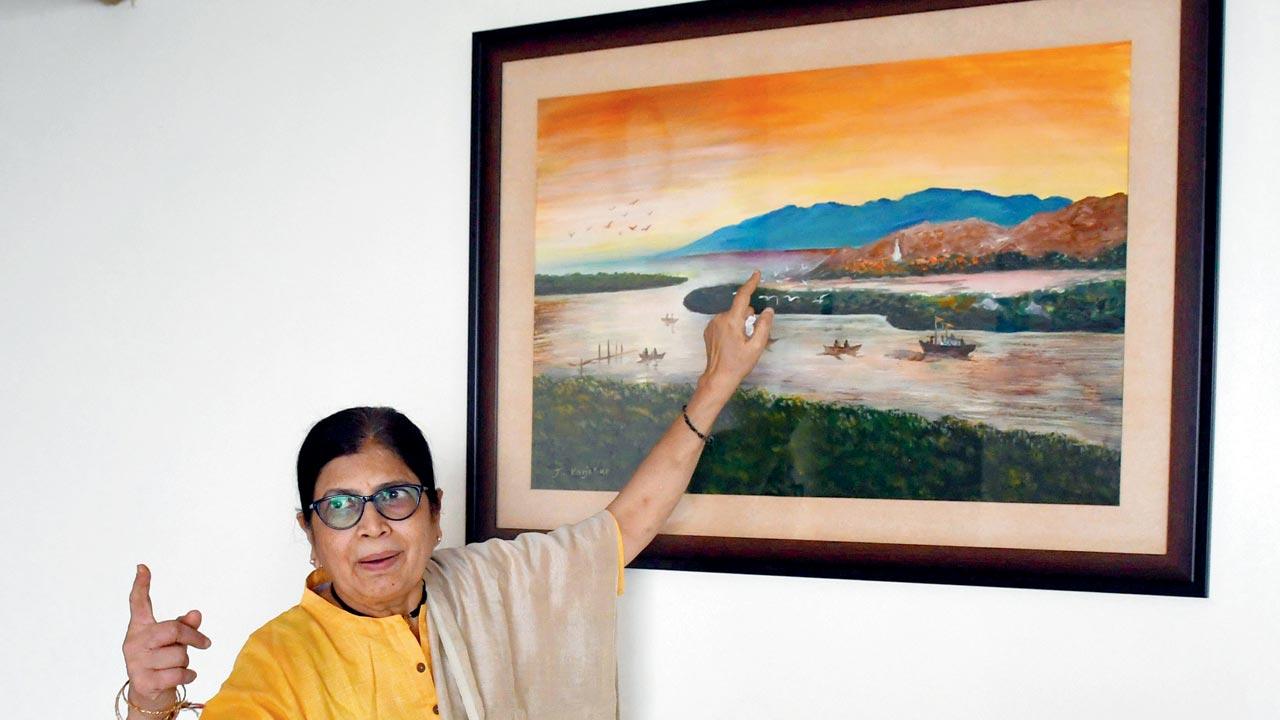 Tirodkar points out to the hillocks that inspired this painting by a local artist; the hills have now been razed to the ground due to the ongoing airport work. The blasting has increased the dust inside their house
Tirodkar points out to the hillocks that inspired this painting by a local artist; the hills have now been razed to the ground due to the ongoing airport work. The blasting has increased the dust inside their house
This cocktail of dust and chemicals in the air, say its long-time residents, has made it difficult to breathe. The change has been particularly noticeable in the last three years, says Gopal Patil, 65, chairman of Uran Uttkarsh Committee. He is an activist with a hobby. The amateur singer, who showcases his passion with pride through photographs of performances plastered on a wall behind him, says, “Our ancestors lived here when there was nothing. They have tilled this land and fished in the sea. Then in the 70’s, industries came in, and suddenly there was viable employment for people. They grabbed the opportunity with both hands. Soon, the repercussions were visible. And then began the struggle of getting someone to listen to us.” Like his neighbours, he doesn’t want industry to leave; what he is demanding is closer monitoring of pollution caused by the factories. “There is no one looking at what the industries are throwing out into the air. What are the gasses being released? Who is monitoring this and do we have reports to see?” Patil has been pushing the local gram panchayat office bearers to take stalk, but has met with little success.
At the panchayat office, sarpanch Yogita Patil, refused to comment, saying, “The other panchs are more informed on the matter.” When mid-day asked her if she had received complaints from the locals, she replied in the negative.
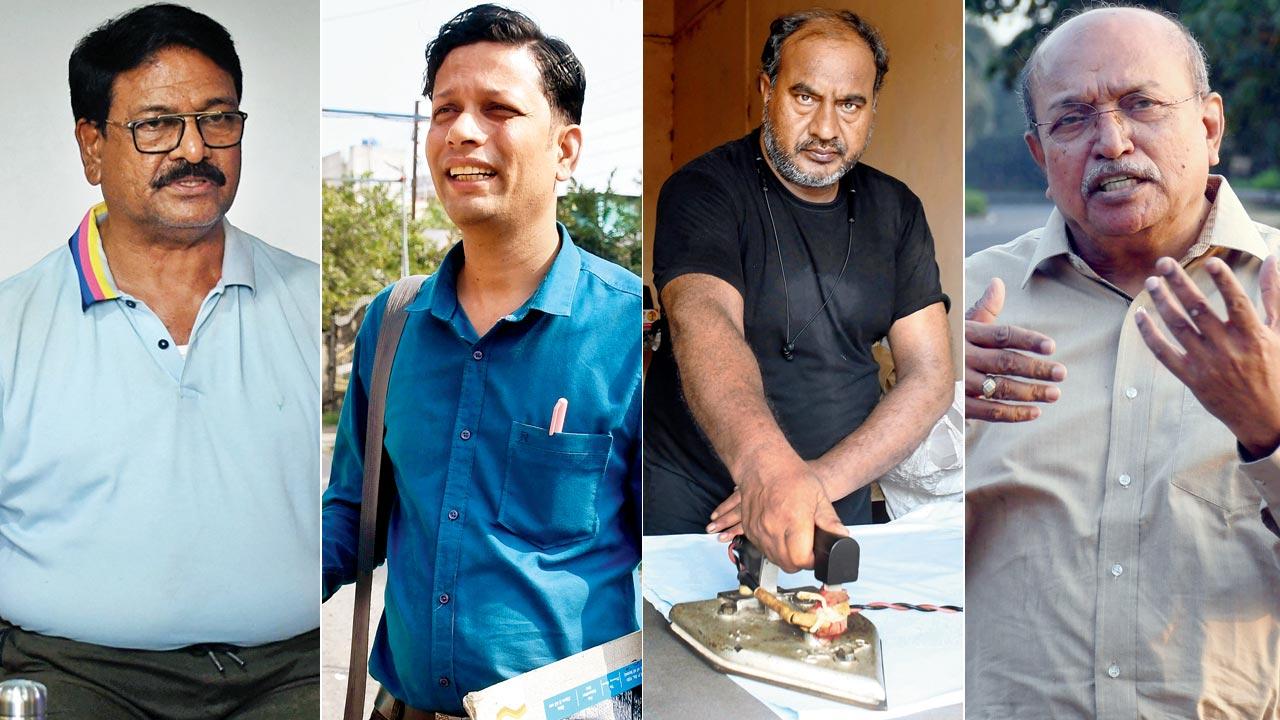 Gopal Patil, chairman of Uran Uttkarsh Committee; Navneet Patil, a local, says dust has made it difficult to breathe; Mohammad Rabbani, who owns a ironing shop, can’t bear the heat and BN Kumar, director of NatConnect Foundation
Gopal Patil, chairman of Uran Uttkarsh Committee; Navneet Patil, a local, says dust has made it difficult to breathe; Mohammad Rabbani, who owns a ironing shop, can’t bear the heat and BN Kumar, director of NatConnect Foundation
We left, walking the streets of Bokadvira, hoping to find voices of dissent. We encountered a group of senior citizens, including Anant Kishan Patil, 68, a retired MSEB staffer. Patil confessed that he has had to cut short his morning walk because breathing the air makes him uncomfortable. “I stepped out at 6 am, but couldn’t continue after 20 minutes. I felt heavy, nauseous. Dum lagtoy.” He refused to be photographed for this article. The reason? No one wants to take on the industries. Some family member or the other is likely to have a job in one of the factories or at JNPT. “It’s either that or that they do not want to risk not getting compensation if their land goes to the government for an infrastructure project or bought over by a builder to construct a luxurious tower,” says Patil, seated in the garden of his two-storied home.
A few residents, albeit gingerly, do open up. The owner of Bokadvira’s only photo studio, Milind Mhatre, 33, has lived here all his life. “It’s only recently that we have noticed extreme weather and this dust.” Mhatre, who has a seven-and-a-half-year-old daughter who goes to school in Uran city has been in and out of clinics, thanks to throat infections. “The dust gets in everywhere. The doctor has asked me to ensure that she always wears a mask. The doctors are unsure what’s causing this, dust, chemical fumes, we don’t know what exactly,” he says, wiping the counter with a dusting cloth; something he has to repeat several times in the day.
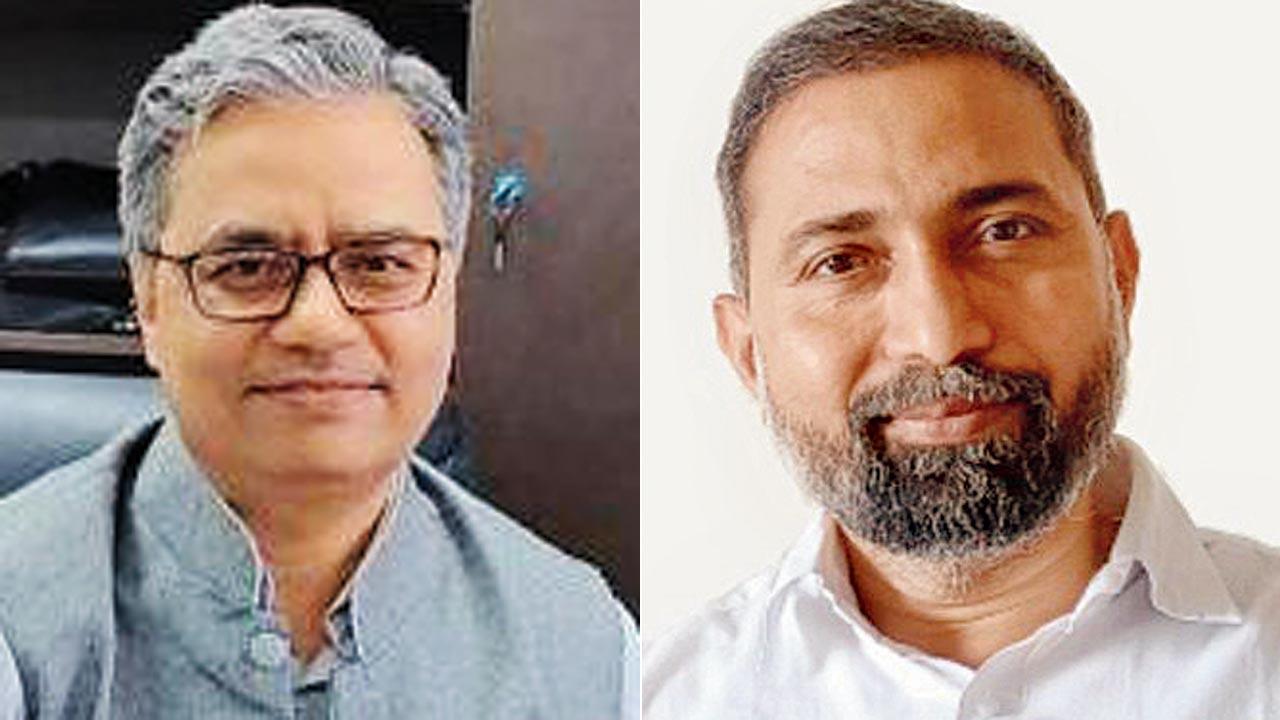 Dr Rakesh Kumar and Bhagwan Kesbhat
Dr Rakesh Kumar and Bhagwan Kesbhat
The hillocks surrounding Uran have seen blasting over recent years. We drove past the blasting sites where, we were told, the end of the airstrip for the Navi Mumbai International Airport (NMIA) is expected to be built as well as airport-supporting structures. Founder and director of Vashi-based non-profit NatConnect Foundation BN Kumar points out to a hill which has whittled down over time thanks to a series of controlled exposures. “When they blast the rocks, a huge cloud of dust stays suspended in the air. This air is blown into Uran, settling down on structures, bridges and roads,” he says, standing on the mega-bridge—inaugurated only a few years ago—that connects Belapur with Uran and Jasai, and further down to Panvel and Karjat. When containers, steel and cement transporting trucks whizz past, the dust is kicked back up into the air. “The dust is now entering the homes and our lungs. We are staring at a health hazard,” warns Kumar.
Experts like Dr Rakesh Kumar, former director of National Environmental Engineering Research Institute (NEERI) and Officer on Special Duty at Council of Scientific and Industrial Research (CSIR) New Delhi, who has visited the area, is aware of the deterioration. “I had visited Uran two years ago and air pollution because of dust and particulate matter (PM) was already a health hazard.” Traditionally, AQI levels are measured by taking into account not just PM levels (10 micron and 2.5 micron), but also nitrogen oxide emitted by vehicles or any kind of burning, and sulphur dioxide which emerges due to smelting.
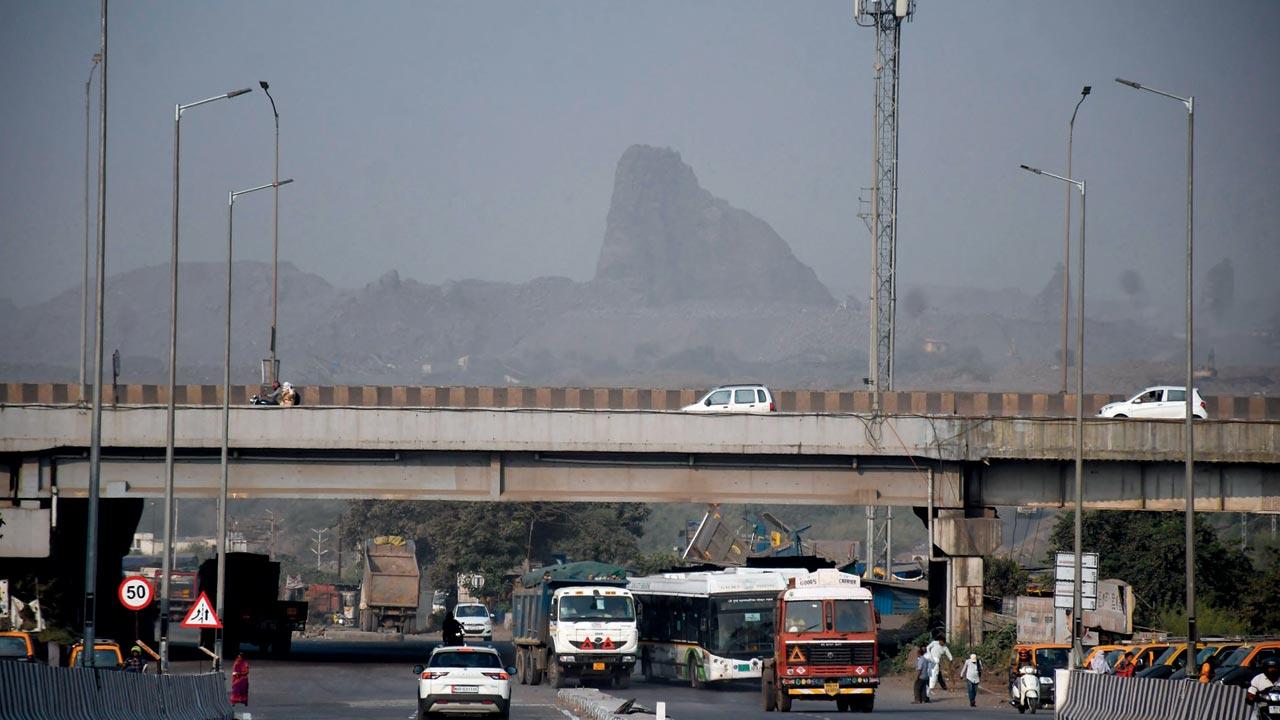 A remnant of a hillock can be seen on the highway that connects Belapur to Uran
A remnant of a hillock can be seen on the highway that connects Belapur to Uran
It’s likely that the respiratory troubles and throat infection cases that the area has been experiencing are on account of chemicals such as nitrogen oxide and other carbons being released into the air. When these react with sunlight, they create ground-level ozone. Ground-level ozone is a colourless, gaseous irritant that sits right above the earth’s surface and can harm human health, being especially injurious to those who suffer from respiratory conditions like asthma. Elevated exposures to ozone can also affect sensitive vegetation and wilderness. “It is corrosive and leads to severe cough, compromising a person’s immunity over time,” Kumar explains.
He stresses that what we need is a model followed by some countries that set a threshold in industrial areas for harmful emissions, because it’s tough to control ground-level ozone since it is dependent on sundry elements reacting in sunlight. “That we know that industrial areas will be more polluted than others, means that we must set an upper limit for emissions, and constantly monitor it.”
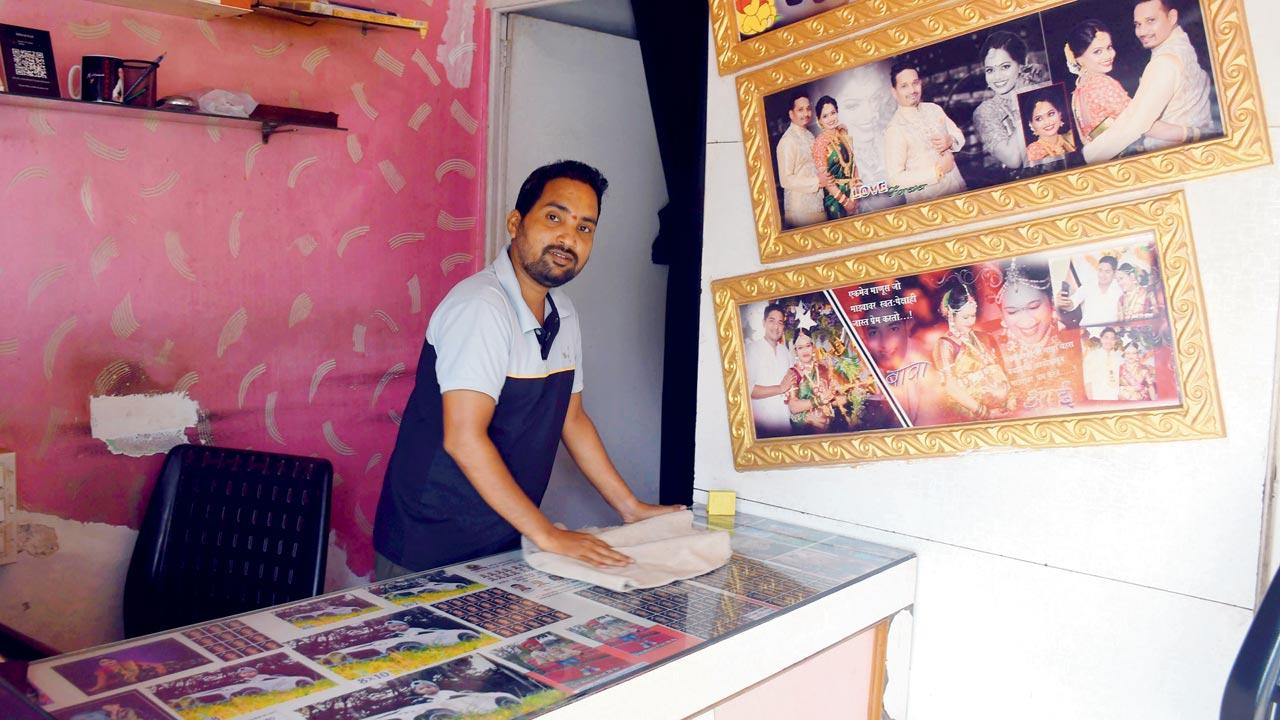 Milind Mhatre wipes off the dust at his Sunshine Studio in Bokadvira
Milind Mhatre wipes off the dust at his Sunshine Studio in Bokadvira
“Dust!” says an exasperated Navneet Patil, 35, “is a major concern. We can’t breathe! On some days, we have to wet our handkerchiefs and hold it to our mouth and nose while heading to work. When we wash them out, we see the dust drain with the water.” Patil works in Bokadvira as a teacher.
In January this year, the Jawaharlal Nehru Port Authority (JNPA), which administers JNPT, announced that it had registered the highest-ever throughput in 2022-23: 6.05 million twenty-foot equivalent units (MTEUs). No one knows exactly when containers get in and out due to high productivity. “They are only interested in increasing business, so the containers come rolling in and out, through the day,” rues Patil.
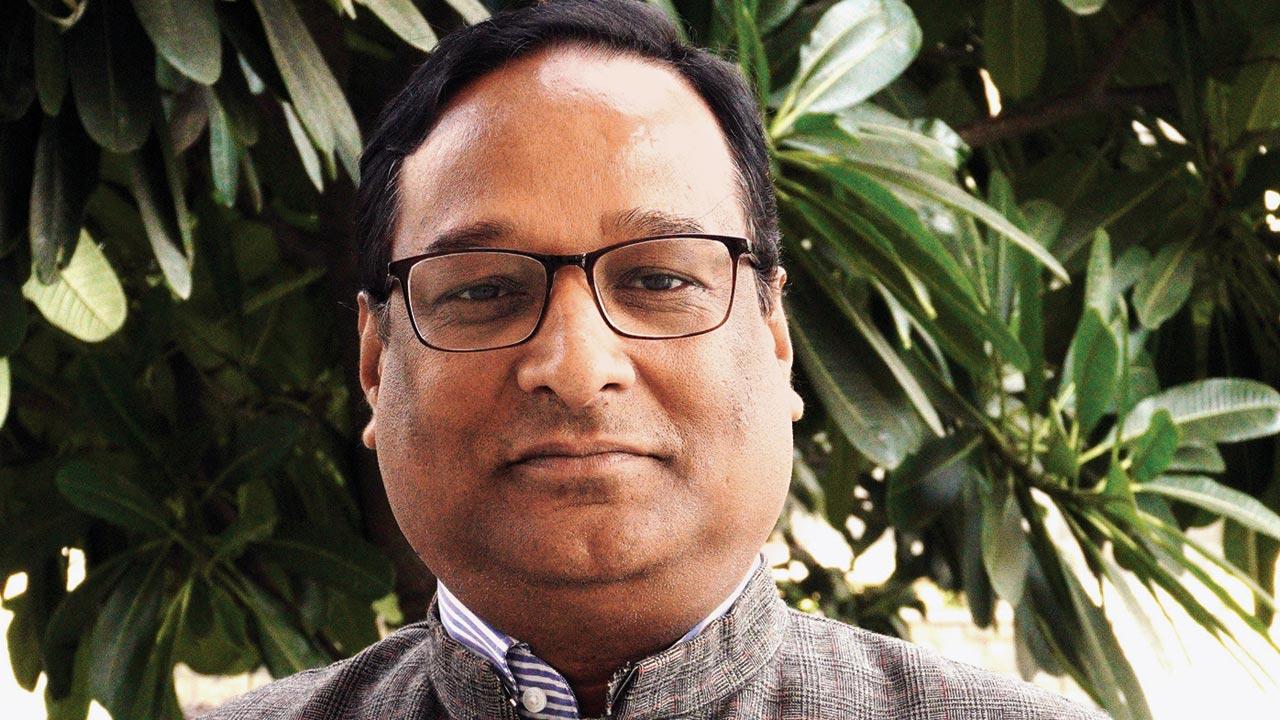 Anjal Prakash
Anjal Prakash
Bhagwan Kesbhat, founder of city environment group, Waatavaran, says that in 2019, the Ministry of Environment, Forest and Climate Change (MoEFCC) launched the National Clean Air Programme (NCAP) to improve air quality in 133 cities (non-attainment cities and million plus Cities) in 24 states/UTs by engaging all stakeholders. But, when COVID hit the country, all resources and manpower was veered away from ensuring clean air. “Eighteen cities from Maharashtra were on the clean air programme, Uran wasn’t. If those cities saw no progress, imagine Uran’s state!”
Anjal Prakash, clinical associate professor (research) and research director at Bharti Institute of Public Policy, ISB, observes that the diversion of resources was never corrected. “The argument by activists suggesting that the diversion of resources to address the COVID-19 pandemic has led to insufficient monitoring and public representation in addressing air pollution, holds merit. During the pandemic, resources and attention understandably shifted towards healthcare and crisis management, potentially affecting monitoring and response to other pressing issues like air quality. This reallocation might have hindered the timely implementation of air quality measures and public engagement efforts, contributing to the current challenges. To mitigate these consequences, a balanced allocation of resources, enhanced crisis preparedness, and long-term planning for environmental issues is essential,” he says.
In 2022, the City Industrial Development Corporation (CIDCO), in a press release, said that it has completed 50 per cent of rock cutting related to construction of the DB Patil International airport, coming up at Ulwe in Navi Mumbai. Spread over 1,160 hectares, it is meant to house a multi-level car parking facility (MLCP) that can house 5,500 vehicles, for which blasting is also being carried out, the release said. The airport is expected to be completed by 2028 and will house parking spaces for 42 aircrafts. It is said to have the capacity to handle 2.5 million tonnes of cargo by 2032, and handle nine crore passengers every year eventually.
The vibrations from this blasting are felt as far as Belapur, Shubhangi Tirodkar, a senior citizen and environment activist says that several times a day, they “feel the earth beneath their feet shake”. “They are currently blasting three times a day, twice in the afternoon and once in the evening. We feel the earth move and then we hear the blast. When we look out, we see the dust rise,” she says. Her two-and-a-half-year-old granddaughter walks into the room to look for her stuffed elephant toy. “She has been on medication repeatedly because of irritation caused by the dust. We went from allopathic to Ayurvedic, and are now relying on homeopathy medicines. Let’s see if it works,” Tirodkar says.
156
Mumbai’s AQI on October 19
301
Uran’s AQI on October 19
 Subscribe today by clicking the link and stay updated with the latest news!" Click here!
Subscribe today by clicking the link and stay updated with the latest news!" Click here!








